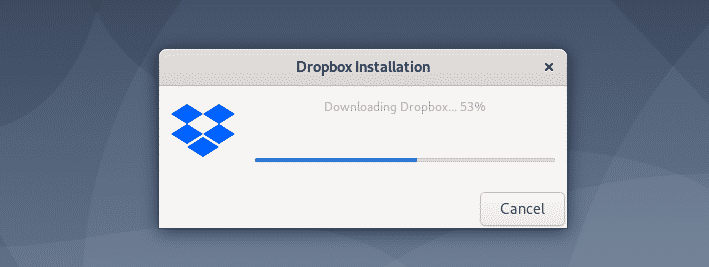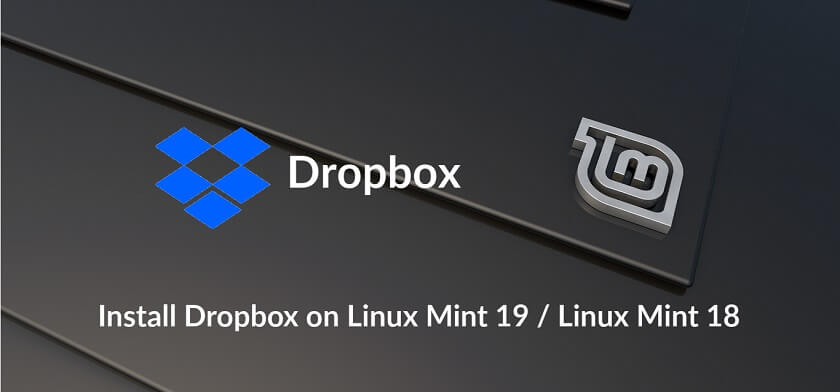
Copy and paste the following lines one at a time into Terminal.The instructions in this article are for both cases, so some of the commands may result in an error. For example, if you have your Dropbox folder in the path /Volumes/DifferentPlace/Dropbox, you need to replace ~/Dropbox from the following instructions to "/Volumes/DifferentPlace/Dropbox".ĭepending on your operating system distribution and the package you used during installation, you could have Dropbox files in two different locations. If you have placed your Dropbox folder in a custom location, replace all ~/Dropbox with the full location of your Dropbox folder in quotation marks. Important: We assume that your Dropbox folder is in the default pathway.When prompted, enter your computer admin password (not your Dropbox password) and press enter.Copy and paste the following lines one at a time into the terminal.Delete the remaining Dropbox system folders.When the uninstall finishes, restart your computer.Or, right-click the Dropbox app icon and select Move to Trash. Locate the Dropbox app and drag and drop it to the Trash.Open your Finder and click Applications.Click your profile picture or initials, and select Quit Dropbox.Click the Dropbox icon in your menu bar.For example, if your Dropbox folder is located at “D:\OtherDrive\Folder\Dropbox”, choose “D:\OtherDrive\Folder”. Since your original Dropbox folder is still on your computer at this point, if you don’t want to create a new one, click Advanced Settings during the download prompts and click the location of your existing Dropbox folder.Download and install the Dropbox desktop app.Note: If you can’t find the folders, it means they’re already deleted and you can move on to the next step.Repeat steps 8 through 10 with the following folders, deleting the “Dropbox” folder inside each: “%APPDATA%, “%PROGRAMFILES%”, and “%PROGRAMFILES(x86)%”.Inside that folder, delete the “Dropbox” folder.Open File Explorer search for the folder “%LOCALAPPDATA%”.At no point in this process should you be deleting that folder. Note: Don’t delete the main Dropbox folder on your computer.(To do so, right-click each folder and click Delete). Delete the “Dropbox” and “DropboxUpdate” folders.



Double-click the folder named “HKEY_LOCAL_MACHINE” to open it.Uninstall the Dropbox desktop app from your computer.(To do so, click the Dropbox icon in your taskbar, click your avatar (profile picture or initials), and click Quit).


 0 kommentar(er)
0 kommentar(er)
